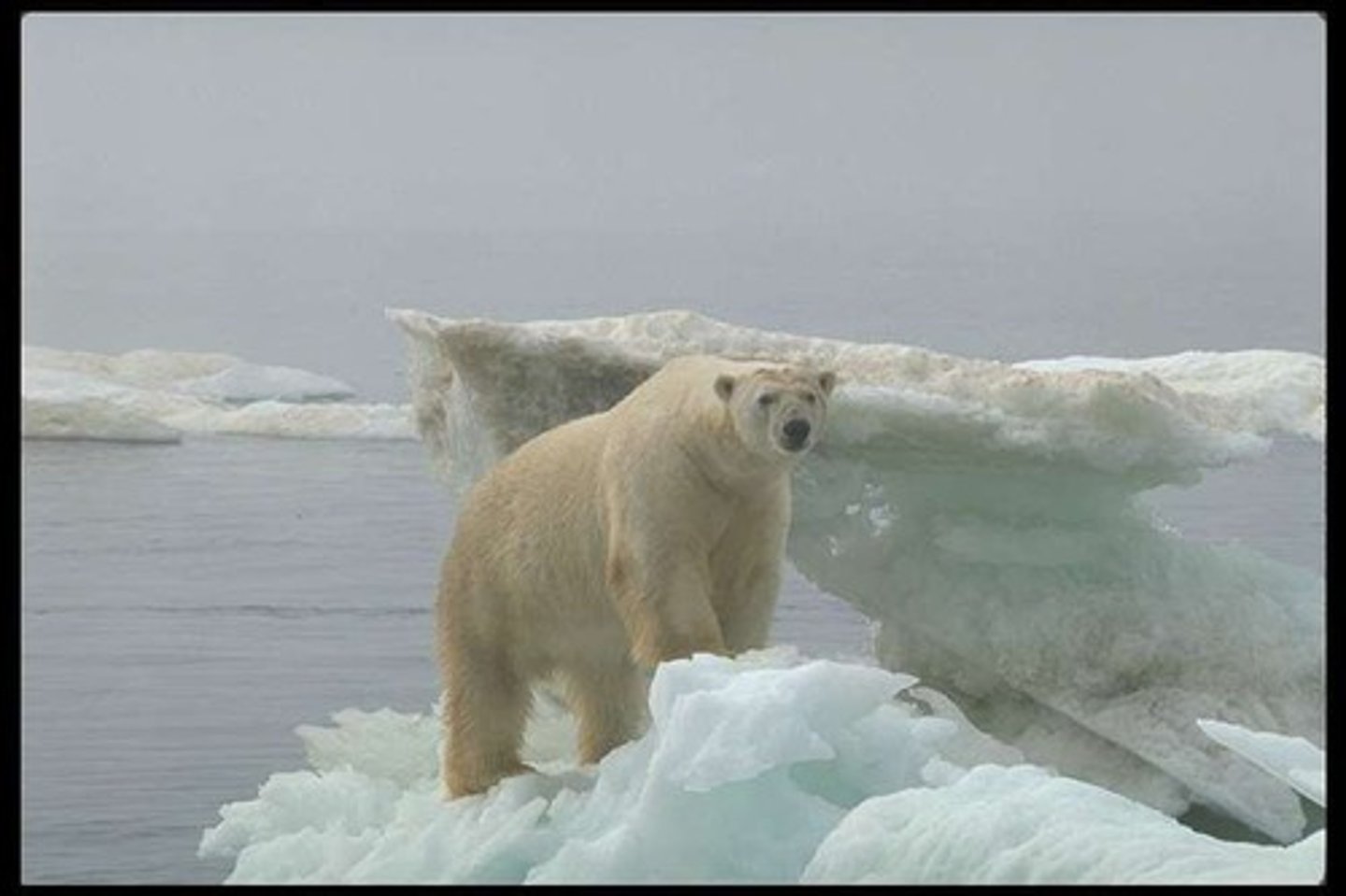Classification and Taxonomy Overview
1/46
There's no tags or description
Looks like no tags are added yet.
Name | Mastery | Learn | Test | Matching | Spaced |
|---|
No study sessions yet.
47 Terms
Taxonomy
Discipline of classifying organisms and assigning each organism a universally accepted name.
Common names
Names that vary among languages and can lead to confusion.
Aristotle
The first taxonomist who divided organisms into plants and animals and subdivided them by their habitat.

Carolus Linnaeus
A taxonomist who classified organisms by their structure and created the system of naming used today.
Taxonomic category
A group or level of organization in taxonomy.
Binomial Nomenclature
A naming system in which each species is assigned a two-part scientific name.
Genus
A group of closely related species.
Species
Group of similar organisms that can breed and produce fertile offspring.
Kingdom
Largest taxonomic group, consisting of closely related phyla.
Phylum
Group of closely related classes.
Class
Group of similar orders.
Order
Group of similar families.
Family
Group of genera (genus) that share many characteristics.
Polar Bear
Species: maritimus, Genus: Ursus, Family: Ursidae, Order: Carnivora, Class: Mammalia, Phylum: Chordata, Kingdom: Animalia.

Uniqueness
Every name has to be unique in taxonomy.
Universality
Zoologists use a single language for naming organisms worldwide.
Scientific name
The binomial name used to identify an organism.
King Phillip Came Over For Green Salad
Mnemonic to remember the order of taxonomic ranks: Kingdom, Phylum, Class, Order, Family, Genus, Species.
Ursus
Genus that contains polar bears and 5 other kinds of bears.
maritimus
Species name for polar bears, referring to their marine environment.
Carnivora
Order that includes meat-eating animals.
Mammalia
Class that includes warm-blooded animals with hair and milk.
Chordata
Phylum that includes vertebrates.
Animalia
Kingdom that includes all animals.
Felis domestica
Domestic cat.
Felis leo
Lion.
Felis margarita
Sand cat.
Convergent Evolution
Process by which unrelated organisms independently evolve similarities when adapting to similar environments.
Evolutionary Classification
The strategy of grouping organisms together based on their evolutionary history.
Cladogram
A diagram that shows the evolutionary relationships among a group of organisms.
Phylogeny
The presumed evolutionary history of an organism.
6-Kingdom system of classification
Includes kingdoms: Eubacteria, Archaebacteria, Protista, Fungi, Plantae, Animalia.
Eubacteria
A kingdom of prokaryotic organisms.
Archaebacteria
A kingdom of prokaryotic organisms that live in extreme environments.
Protista
A kingdom of mostly unicellular eukaryotic organisms.
Fungi
A kingdom of eukaryotic organisms that absorb nutrients.
Plantae
A kingdom of multicellular eukaryotic autotrophs.
Viruses
Particles of nucleic acid, protein, and in some cases lipids that can reproduce ONLY by infecting living cells.
Bacteriophage
A virus which infects bacteria.
Influenza
An infection of the respiratory tract that can affect millions of people every year.
Prokaryote
An organism without a nucleus.
Eukaryote
An organism with a nucleus.
Autotroph
An organism that produces its own food.
Heterotroph
An organism that consumes other organisms for food.
Free swimming Larva
A larval stage that is capable of swimming freely.
Molted Exoskeleton
A process where an organism sheds its outer layer.
Segmentation
The division of some animal and plant bodies into a series of repetitive segments.